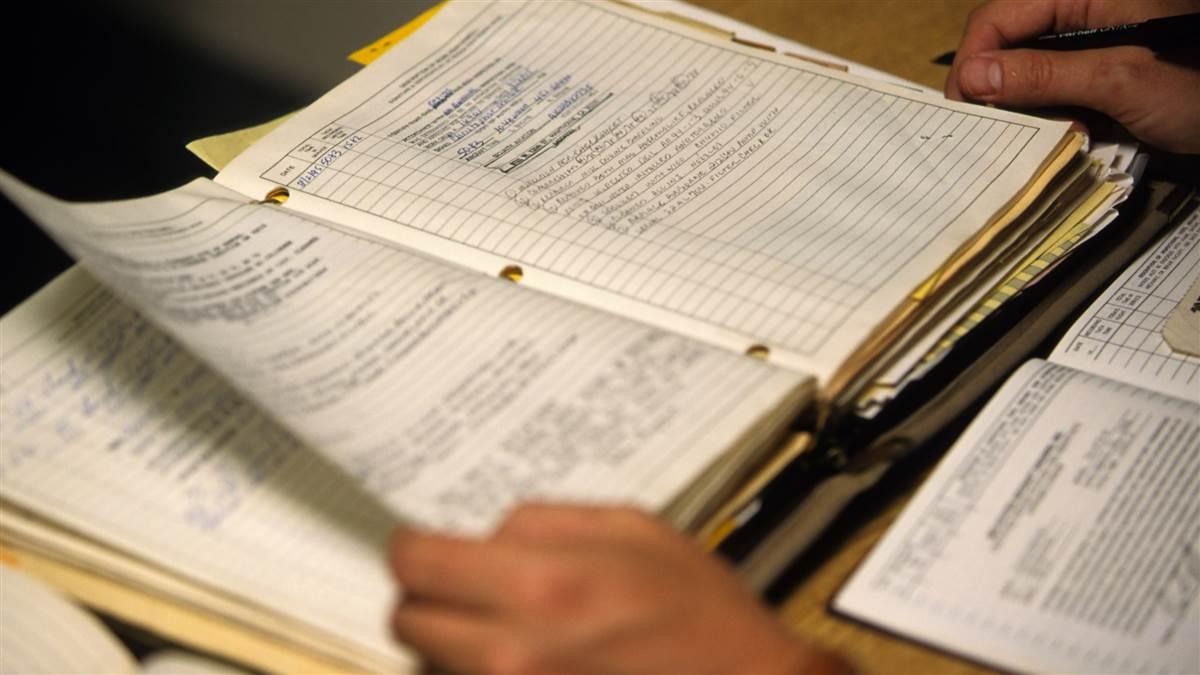Inspections and Maintenance
Safety Spotlight: Aging Aircraft

Be Proactive
Properly maintaining your aircraft can substantially decrease the likelihood of unplanned, and potentially costly, maintenance. Do the research. The more prepared you are, the better off you are. Learn more about an aircraft by reviewing the following resources.
Maintenance logbooks—The aircraft logbooks and other maintenance records should be carefully reviewed for such things as FAA Form 337 (Major Repair and Alteration), Airworthiness (AD) compliance, the status of service bulletins and letters, aircraft/component serial numbers, gaps in inspection dates, and repairs that might suggest damage (e.g., spot painting, gear or prop replacement, engine tear-down, sheet metal replacement, etc.).
Title search—This provides the name and address of the current and previous registered owners, outstanding liens, encumbrances and defects of title that appear in the FAA record, damage history including FAA and NTSB Accident/Incident Reports, and copies of 337 Forms (Major Repair and Alteration) that are on file with the FAA.
Airworthiness directives—The FAA issues an AD when a product is found to be in an unsafe condition, and the condition is likely to exist or develop in other products of the same type design. The FAA's Small Airplane Directorate has stated that nearly half of all ADs are issued for corrosion or cracking.
Service letters, instructions, and bulletins—Manufacturers of aircraft, propellers, engines, and accessories issue service information to owners and mechanics to address a potential or existing unsafe condition. Service information is advisory in nature, but can be mandatory under certain circumstances. Talk to your mechanic about complying with service information that affects your aircraft.
Service difficulty reports (SDR)—These reports include service problems reported to the FAA during the past six years on the specific make and model of aircraft; an excellent resource during a pre-purchase or annual inspection.
Special airworthiness information bulletins (SAIB)—These bulletins alert, educate, and make recommendations to the aviation community about ways to improve the safety of an aircraft or component. An SAIB contains non-regulatory information and guidance and, therefore, is not mandatory.
ASI accident database—Searching this database helps owners/operators or mechanics determine whether their particular aircraft has ever been involved in an accident—it can help match up documented repairs to an aircraft with the reason for the repairs.
Accident Case Study: Single-Point Failure
A vacuum pump failure on a sunny day is no big deal, but in IMC—and especially without backup instrumentation—it’s a serious emergency. Although there were several reasons why this accident happened, contributing to the issue was a 17-year old/373-hour dry vacuum pump. Dry vacuum pumps are relatively fragile, and their components do degrade with age. The manufacturer’s service letter had called for replacement of the pump at six years or 500 hours—whichever came first.
Pre-Buy and Renter’s Guides
Thinking about renting or buying a used aircraft? Download these printable guides to help you know what to look for.
Pre-Purchase Inspection: Supplemental Type Certificate (STC)
A pre-buy inspection on an aircraft is your chance to research and investigate every aspect of your potential investment. The pre-buy should include a thorough inspection of the mechanical as well as cosmetic condition of the aircraft. In addition, the legal status of the aircraft needs to be looked at. This includes ensuring that the FAA records on the aircraft are up to date. An often-overlooked step of the pre-buy is investigating which STC’s are legally installed on the aircraft. An STC is issued when the FAA approves an aircraft modification that was not part of the original design. This video discusses what to do if STC paperwork is missing.
Inspections
FAA-required inspections are good opportunities to check the aircraft for signs of aging. The FAA regulations require that both the annual and 100-hour inspections include:
- A thorough cleaning of the aircraft and engine.
- Inspection of all areas for deterioration, leaks, contamination, defects, cracks, and an evaluation of the overall condition of the aircraft.
Refer to FAR Part 43, Appendix D for a list of required annual/100-hour inspection items. As a side note, some manufacturers and type clubs provide their own inspection checklist, a few of which may include 25- or 50-hour inspection items. Contact your maintenance shop or type club for more information.
Advanced Preflight After Maintenance in 57 Seconds
Watch this FAA video for tips on doing an advanced preflight inspection for an aircraft that has just come out of maintenance.
Discrepancies and the Federal Aviation Regulations
If an aircraft is found to be unairworthy during an FAA-required inspection, the mechanic is required to provide the aircraft owner a list of discrepancies.
FAR 43.11(b) (Listing of discrepancies and placards) states that if the person performing any inspection required by FAR parts 91 or 125 or 135.411(a)(1) finds that the aircraft is unairworthy or does not meet the applicable type certificate data, airworthiness directives, or other approved data upon which its airworthiness depends, that person must give the owner or lessee a signed and dated list of those discrepancies. Unless those items are permitted to be inoperative, the aircraft is unairworthy if not repaired—meaning these discrepancies must be corrected before the aircraft can be returned to service.
For those items permitted to be inoperative under FAR 91.213(d)(2) that person shall add the items to the signed and dated list of discrepancies given to the owner or lessee. Paragraphs (3) and (4) of this regulation further note that the inoperative instruments or equipment must be removed from the aircraft, the cockpit control placarded, and maintenance recorded in accordance with FAR 43.9 or deactivatedand placarded “Inoperative.” If deactivation of the inoperative instrument or equipment involves maintenance, it must be accomplished and recorded in accordance with FAR Part 43, and a determination must be made by an appropriately rated and certified pilot, or mechanic, that the inoperative instrument or equipment does not constitute a hazard to the aircraft.
In-flight emergencies have been the direct result of maintenance personnel who have serviced or installed systems incorrectly. In many cases, the pilot could have prevented the accident by performing a thorough or advanced preflight check.Special Care, Maintenance, and Inspections
As an airplane ages, the inspection methods and techniques may change from what was previously required to keep it airworthy. Special inspections may be required because of high aircraft time, severe operation, inactivity, outside storage, modifications, or improperly performed or lack of thorough maintenance. The records research will provide information needed for owners and mechanics to determine what may be needed for a particular airplane or airplane type. For more information on special care and inspections review the FAA’s Small Airplanes: Continued Operational—Aging Safety website.
Renovations
Renovating an aircraft is a great way to extend its useful life. It also provides a good opportunity to take care of any corrosion, contaminants, old insulation, defective fluid lines, and abandoned wiring.
Interior—Clean out corrosion, dirt, fluids, and other contaminants that can buildup in areas behind headliners, panels, carpeting, floorboards, and insulation.
Paint—Remove any corrosion and treat the surface before applying new paint.
Avionics—Clean behind the panel, install new insulation, fix improperly installed fluid lines, and get rid of discarded wiring.
Engine—During an overhaul or engine upgrade, clean the empty compartment of corrosive contaminants.


